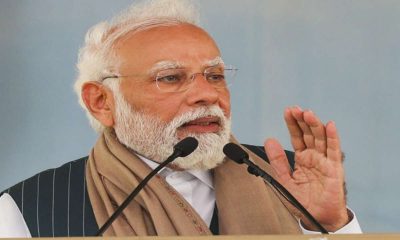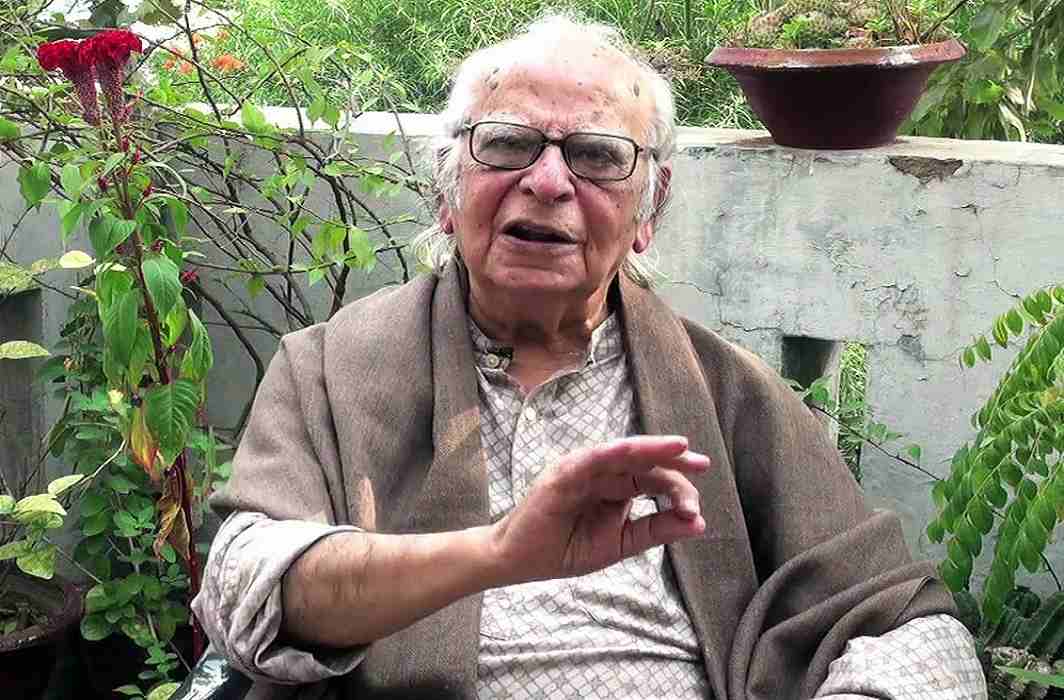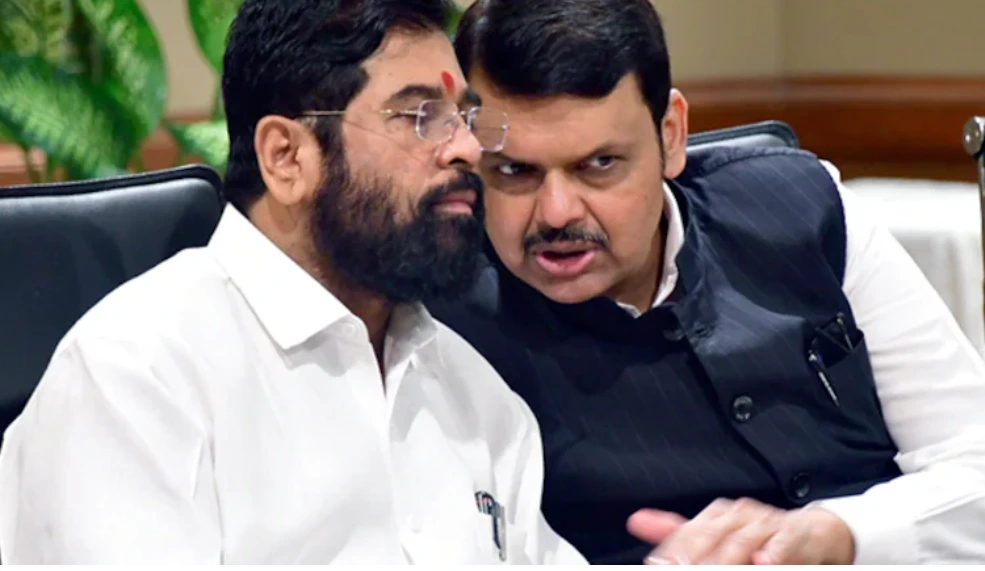India offers a developing scope of tutoring open doors for universally portable families. The fast extension of its worldwide school area, be that as it may, carries with it some possible disadvantages, which guardians ought to know about Indian education system.
India is at present the 6th biggest economy on the planet, and is figure to turn into the third biggest by 2030, it is additionally the second biggest English-talking nation on the planet, after the US. It has colossal potential, yet as of now just five per cent of the populace communicate in English, and most Indians don’t comprehend Western societies.
India additionally has one of the most mind-boggling education system on the planet. With over 1,000,000 schools, between them showing in excess of 200 million understudies, it is likewise one of the biggest.
Much has improved lately in the education of India’s kids and youthful grown-ups, yet the nation actually has far to go before many moving families would probably think about utilizing its state education.
Luckily, numerous worldwide school bunches have moved to India’s significant urban communities throughout the long term, and a lot more are trying to set up new grounds, furnishing moving families with a lot of alternatives.
School search and education counsel – associate with our in-nation specialists
In the public area, he works with public governments and different associations to upgrade limit in instructing from pre-school to Higher Education.
The British Council’s work in SES incorporates English instructor preparing and educator language advancement and giving admittance to a wide scope of showing assets, educational programs, evaluation apparatuses and instructing capabilities. In India, the British Council expects to draw in at strategy level, remembering for the field of professional and English education.
In 2010, India’s Right to Education Act came into power, giving all kids between the ages of six and 14 admittance to free, obligatory education in a neighbourhood school.
As per the British Council, there are as of now steep dropout rates at auxiliary level, especially among impeded gatherings, and the instructor-to-student proportion is incredibly low, bringing about “feeble learning results”.
Expanding the alternatives
The worldwide extension of global school bunches has implied that India currently has in excess of 525 English-medium global schools in India, 30% of them arranged in Mumbai and Bangalore
In the same way as other worldwide schools in India, Pathways World School, a gathering of three schools situated in Gurgaon and Noida, in the Delhi National Capital Region, shows the International Baccalaureate (IB) program. The IB has demonstrated itself to be the enormous example of overcoming adversity in auxiliary instruction in the course of recent years and is presently educated in more than 150 nations around the world.
The way that the IB is available to understudies from any nation, and from various instructive foundations, settles on it a mainstream decision for families migrating to India and worried about the adaptability of their kids’ training.
“While the public educational plans remain the foundation of all nations around the world,” says Dr Sarvesh Naidu, leader head of Pathways Schools, “schools are presently planning to offer a more different and adaptable scope of education that coordinates the desires of understudies and shapes them to confront the developing worldwide climate and stay associated with innovation headway, successive versatility, and fluctuated social and accepted practices.”
Close by the IB, numerous global schools in India offer taking in frameworks from the English National Curriculum to the American program.
Notwithstanding, there has been a worry among set up global schools that a few suppliers are exploiting the blast by setting up foundations utilizing the worldwide mark when, actually, they are not following a certified educational program.
The significance of accreditation
The ubiquity of non-public schools with optimistic neighbourhood families is fuelling the pattern and, as per research appointed by the Institute of Labor Economics (IZA), as of late there has been a fast relocation of understudies out of the state area with 30% of Indian understudies presently going to some type of ‘non-public school.
In 2009, the OECD’s Program for International Student Assessment (PISA) overview – which tests the abilities and information on 15-year-olds with the point of assessing training frameworks – positioned India close to the lower part of the 74 partaking nations and India has since boycotted the three-yearly study.
Read Also: Right to Education
This is set to change, anyway as the Indian government has reported designs to take an interest in the 2021 test. Migrating families ought to accordingly know that not all tuition based schools are made equivalent.The Council of British International Schools (COBIS) on the off chance that they are to guarantee that their youngsters get the best quality training while living in India.


 India News12 hours ago
India News12 hours ago
 India News11 hours ago
India News11 hours ago
 India News10 hours ago
India News10 hours ago
 India News8 hours ago
India News8 hours ago
 India News11 hours ago
India News11 hours ago






